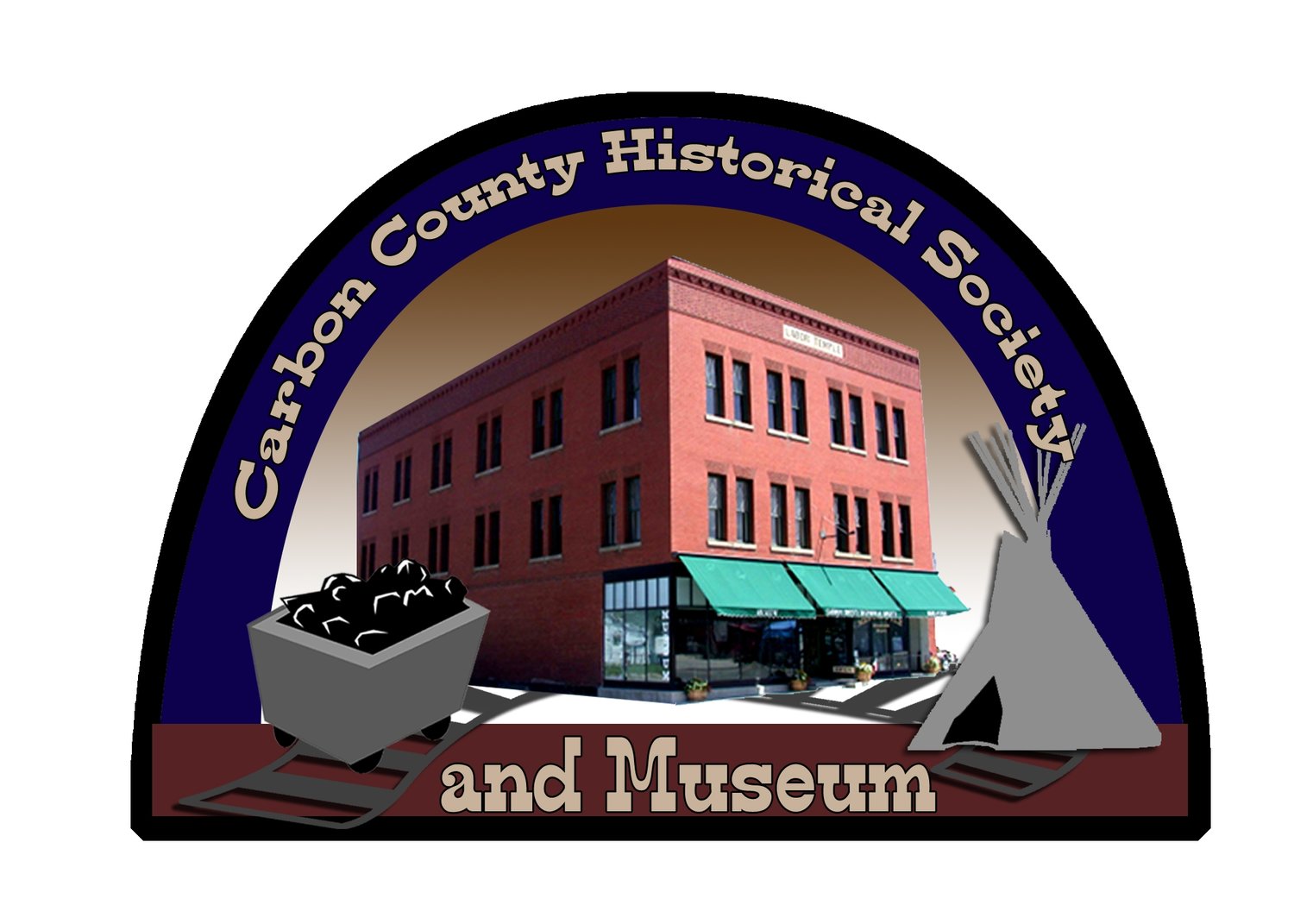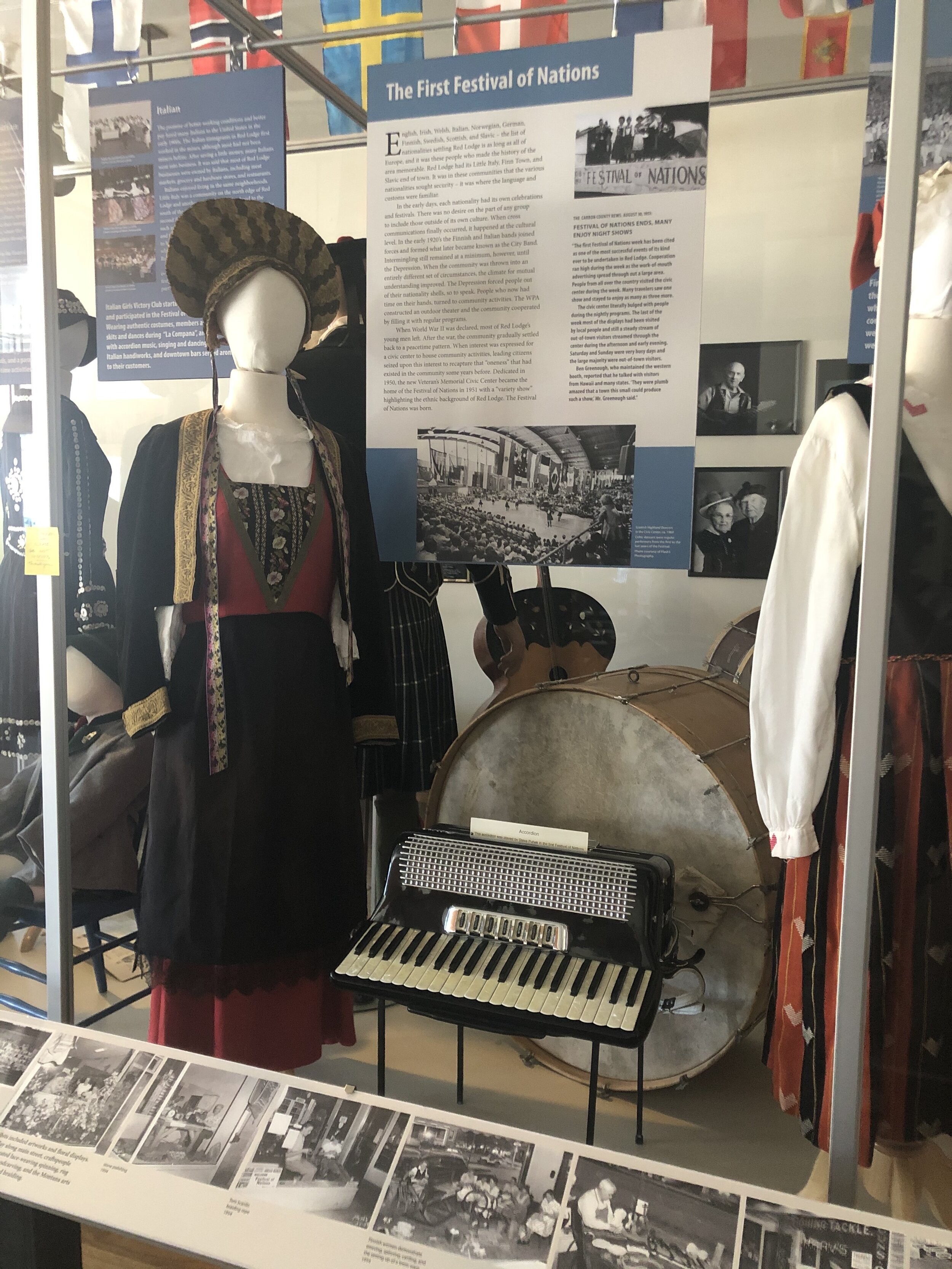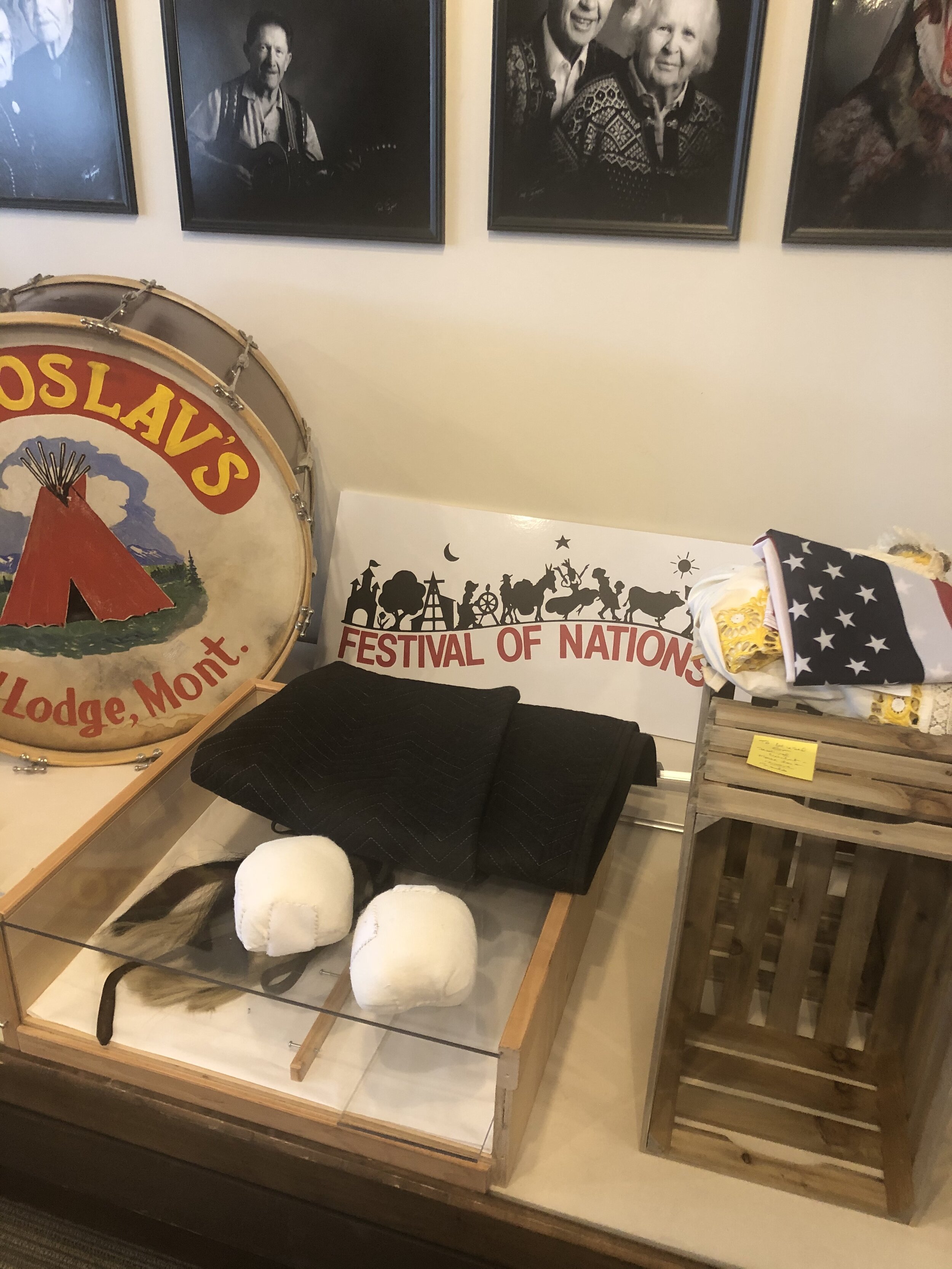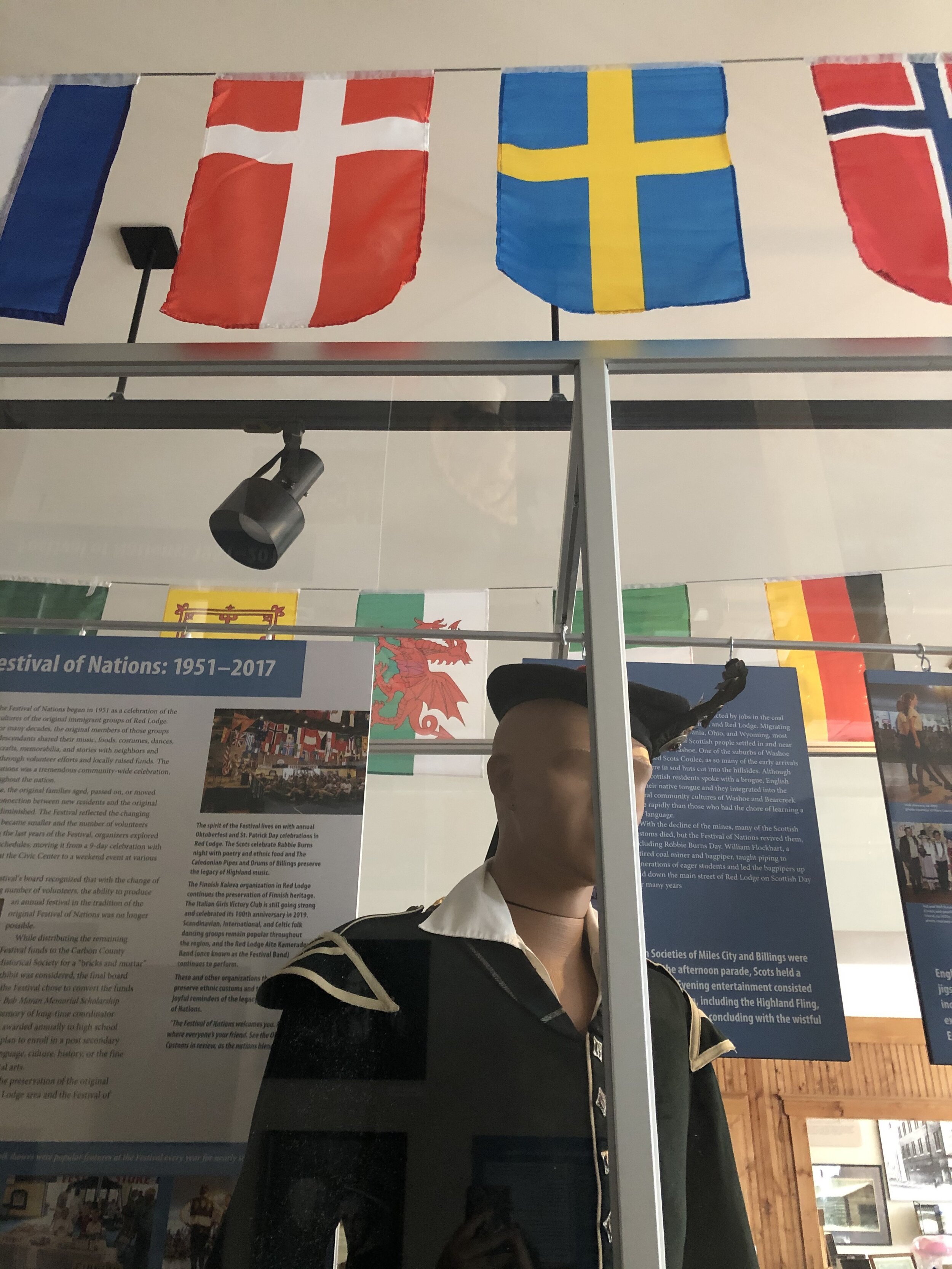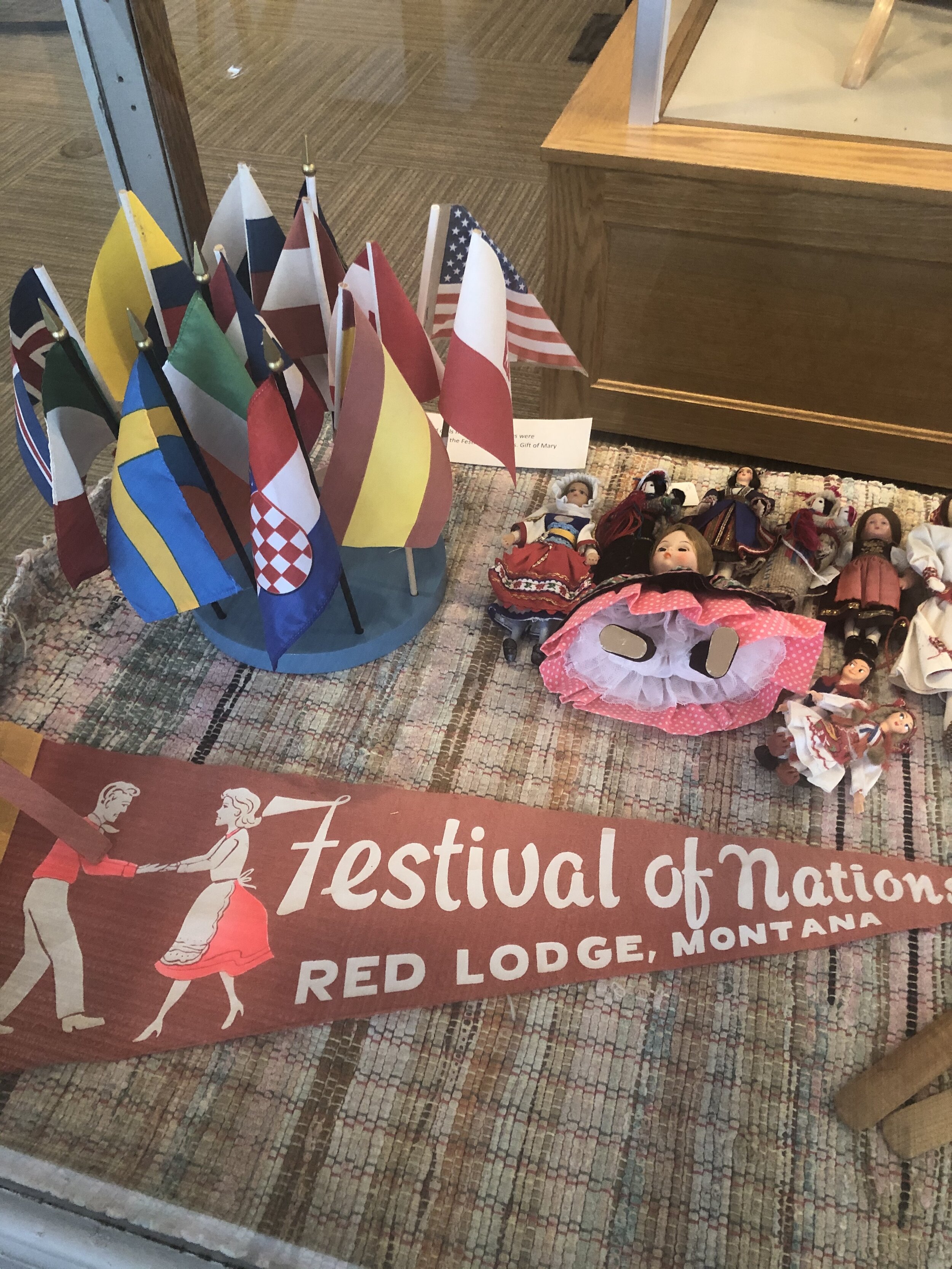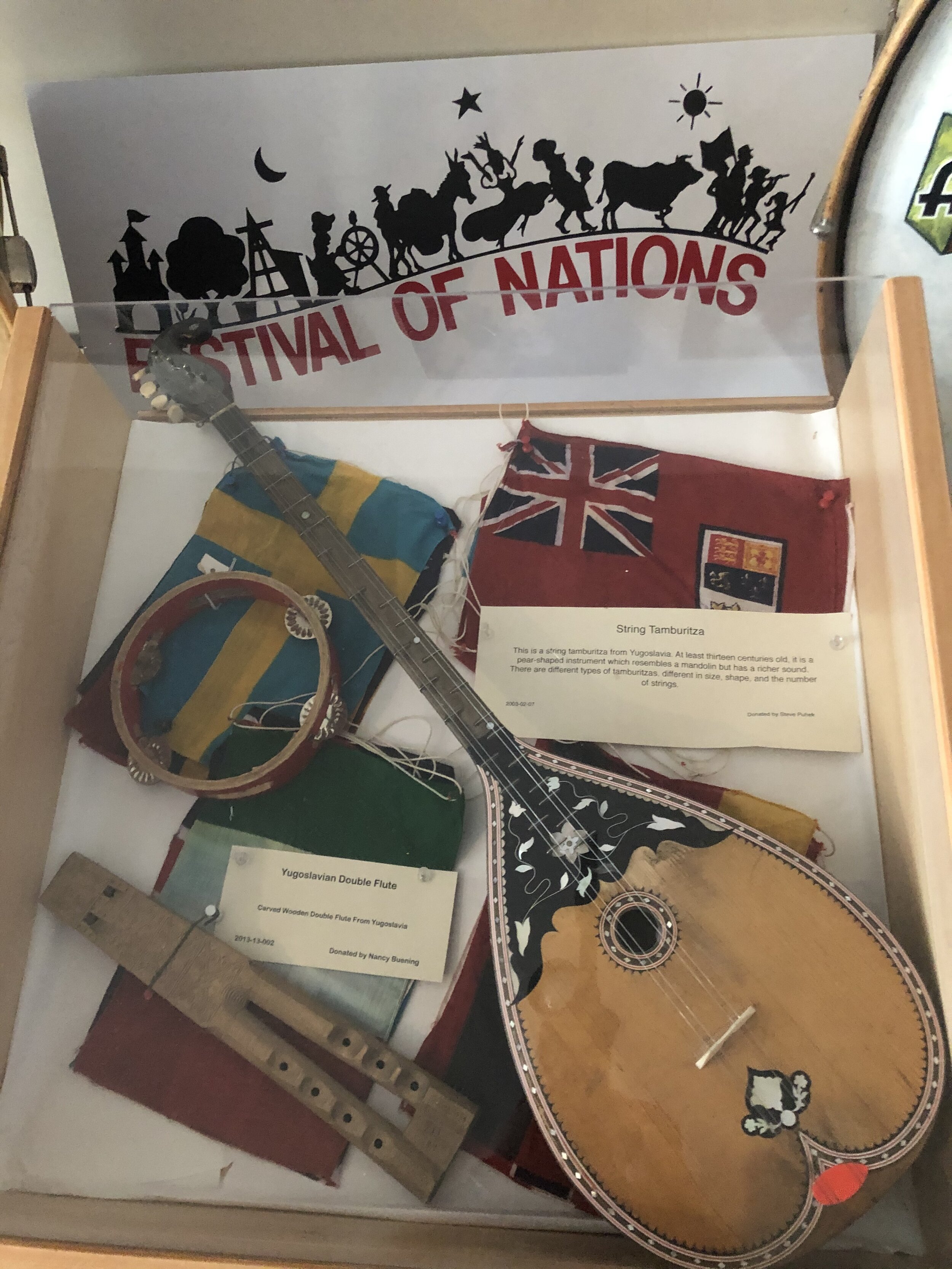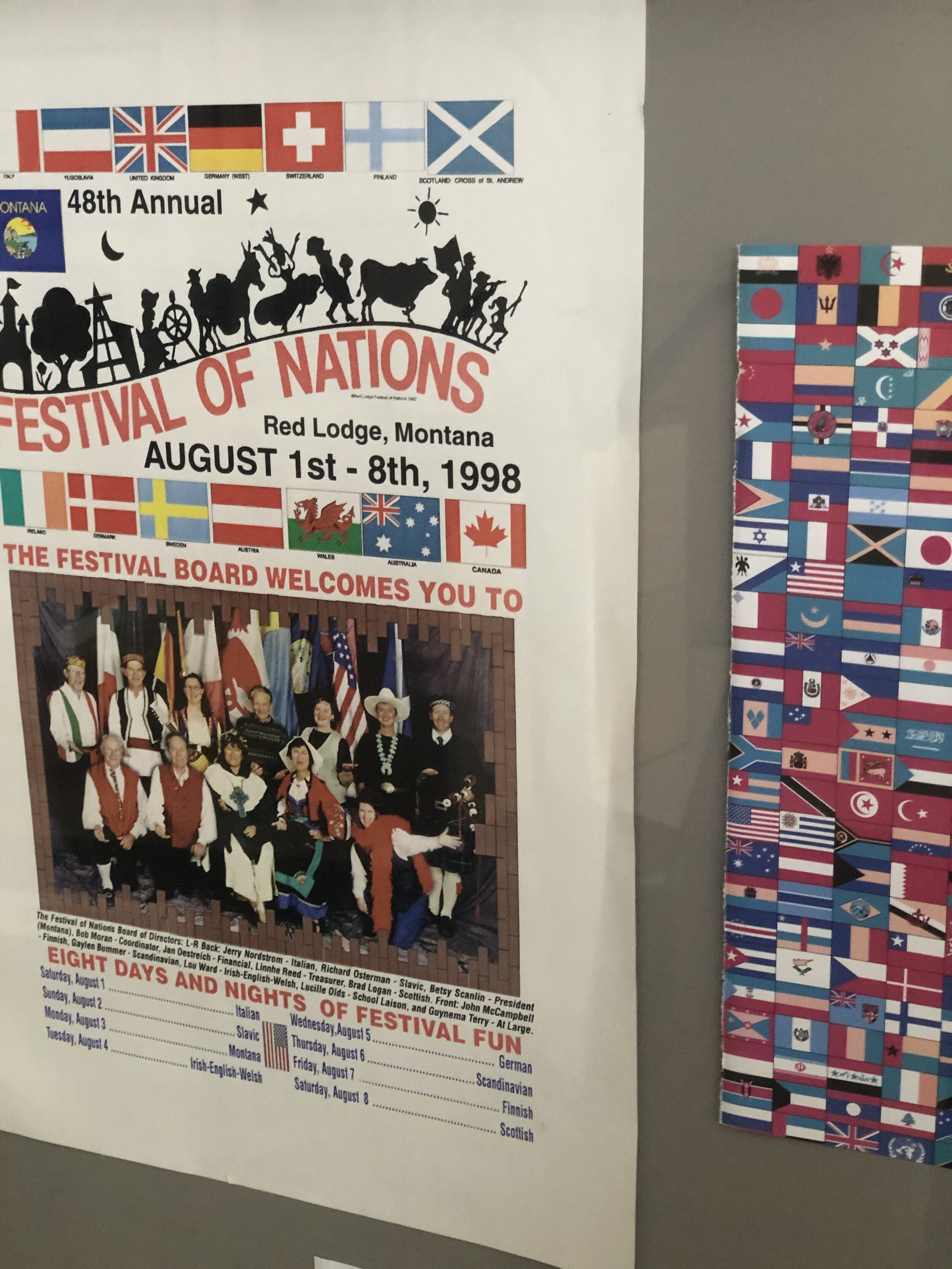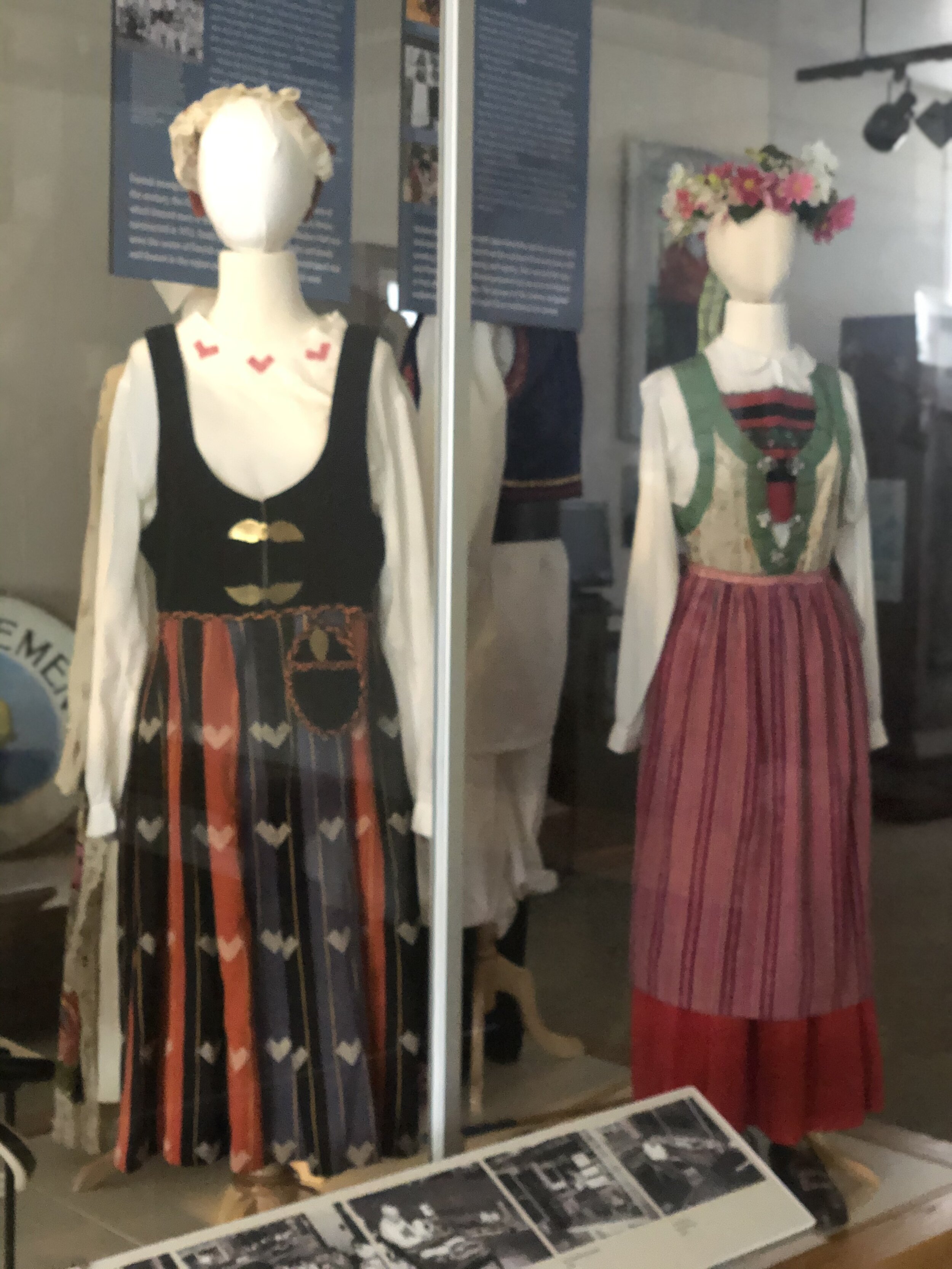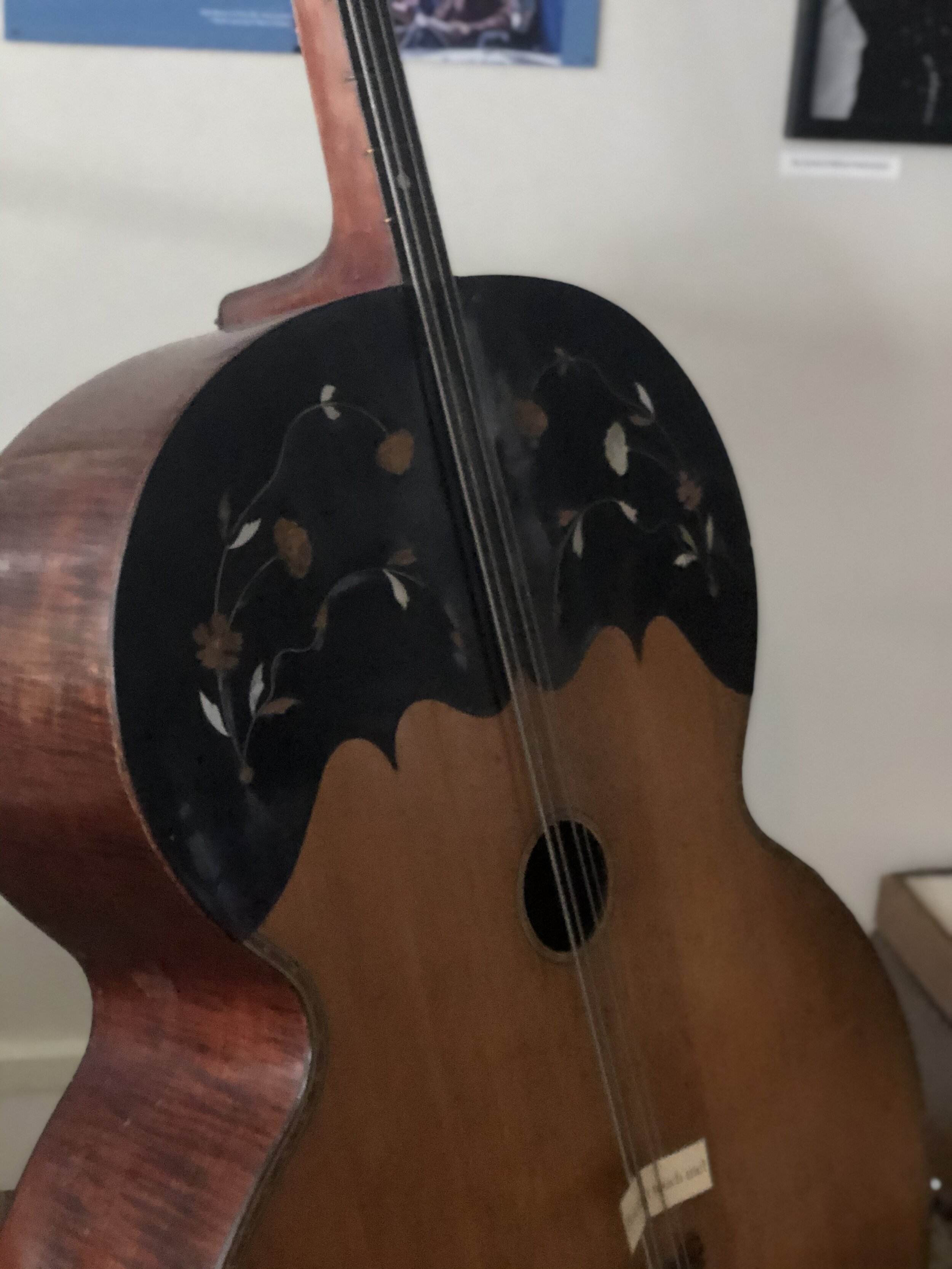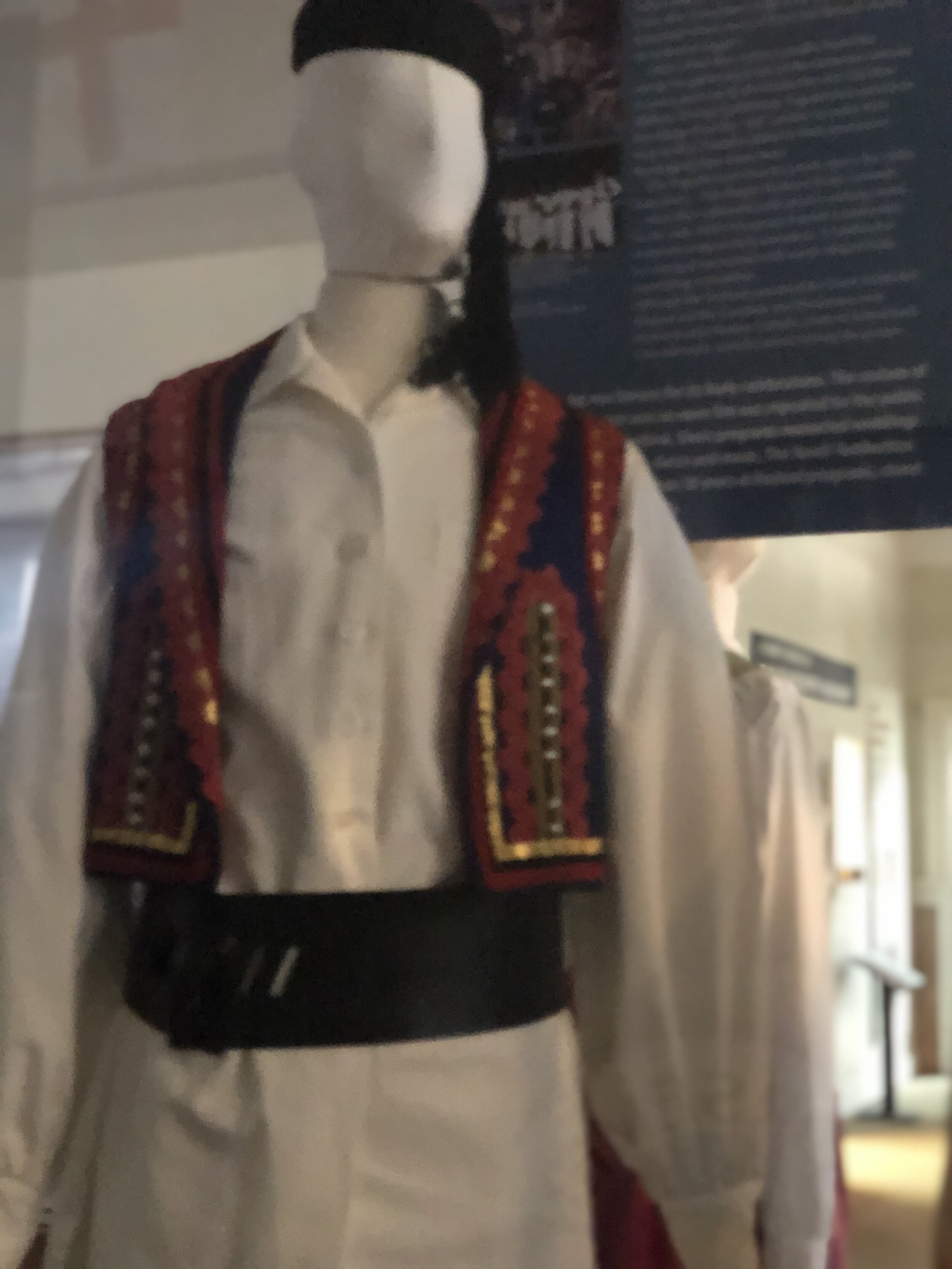The Red Lodge Festival of Nations
The Red Lodge Festival of Nations was a rambunctious, educational, and all around fun annual event put on by local residents. English, Irish, Welsh, Italian, Norwegian, German, Finnish, Swedish, Scottish and Slavic - the list of nationalities settling Red Lodge is as long as all of Europe, and it was these people who made the history of the area memorable. Red Lodge had its own Little Italy, Finn Town, and Slavic end of town. It was in these communities that the various nationalities sought security - it was where the language and customs were familiar.
In the early days each nationality had its own celebrations and festivals. There was no desire on the part of any group to include those outside of its own culture. When cross communications finally occurred, it happened at the cultural level. In the early 1920’s the Finnish and Italian bands joined forces and formed what later became known as the City Band. Intermingling still remained at a minimum until the Depression. When the community was thrown into an entirely different set of circumstances, the climate for mutual understanding improved. The Depression forced people out of their nationality shells, so to speak. People who now had time on their hands, turned to community activities. The WPA constructed an outdoor theater and the community cooperated by filling it with regular programs.
When WWII was declared, most of Red Lodge’s young men left. After the war, the community gradually settled back to a peacetime pattern. When interest was expressed for a civic center to house community activities, leading citizens seized upon this interest to recapture the “oneness” that had existed in the community some years before. Dedicated in 1950 the new Veterans Memorial Civic Center became the home of the Festival of Nations in 1951 with a “variety show” highlighting the ethnic background of Red Lodge. The Festival of Nations was born.
Visit this beautiful exhibit and see some the instruments, costumes, and local history from those annual celebrations of “oneness.”
